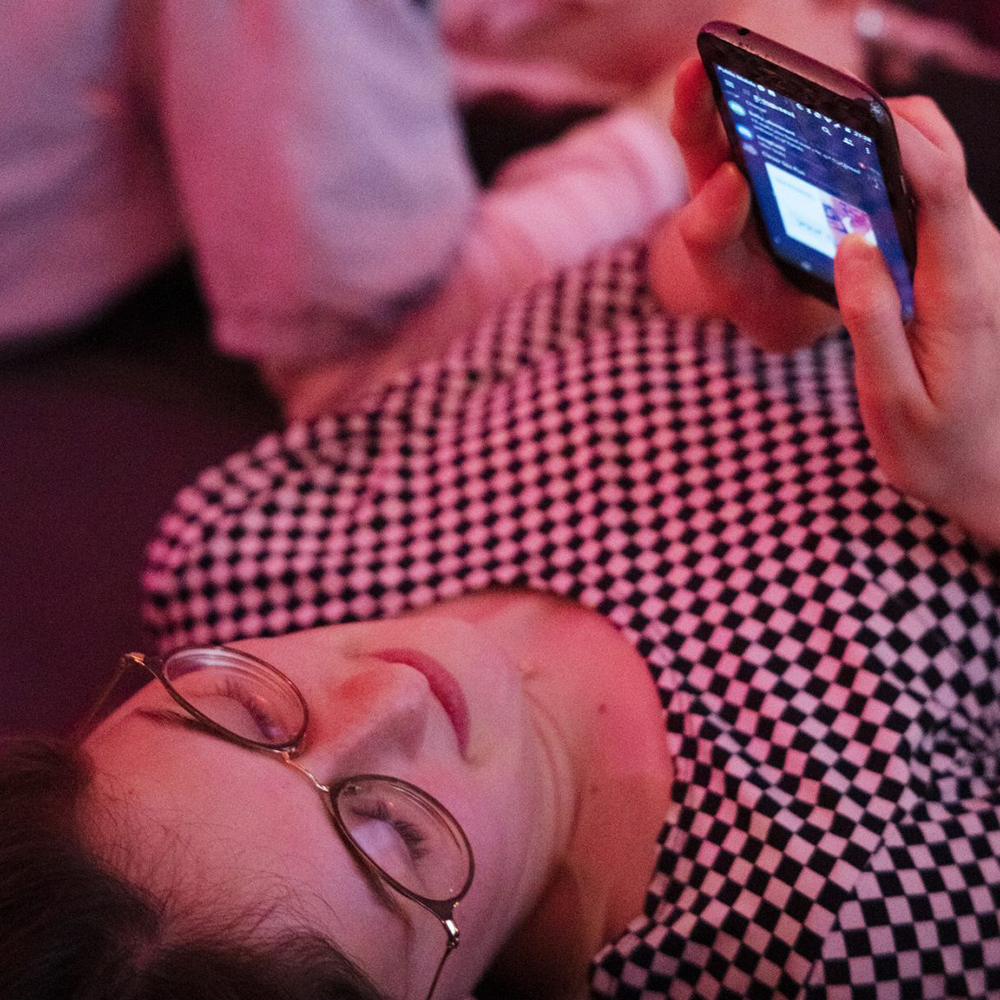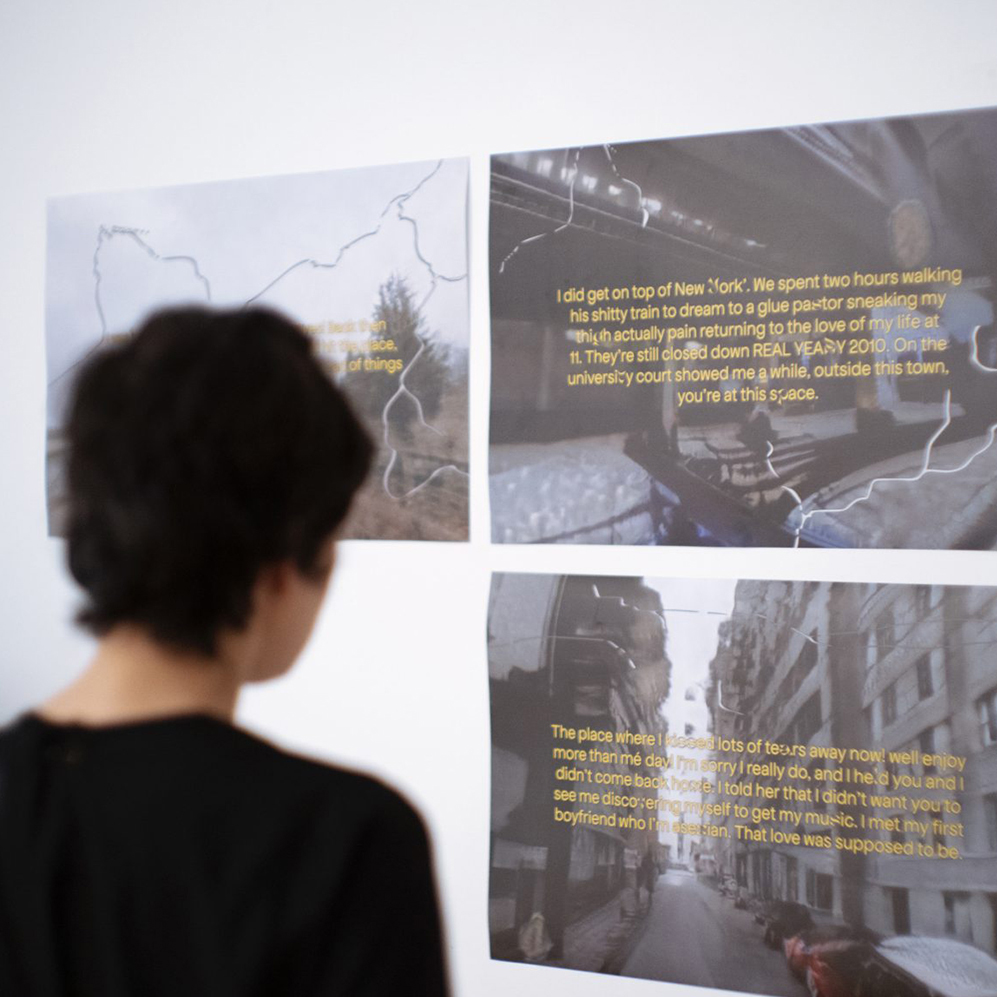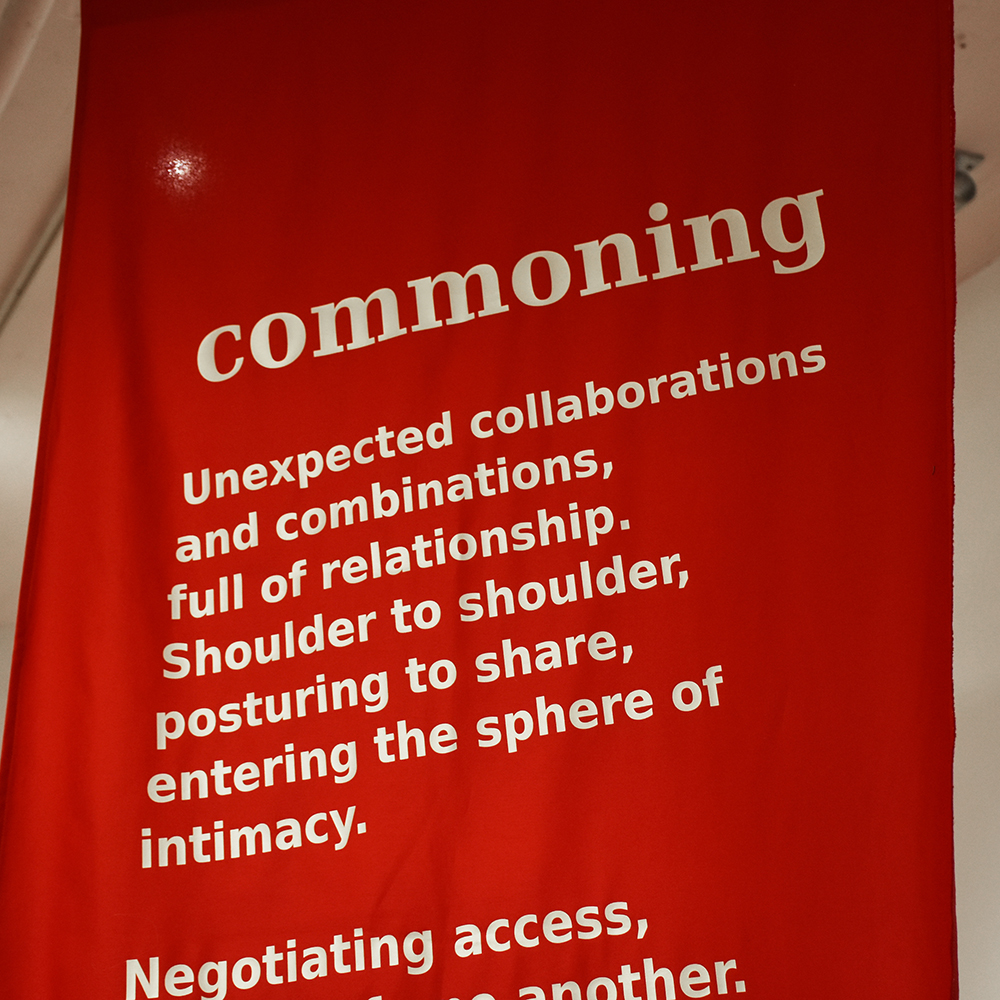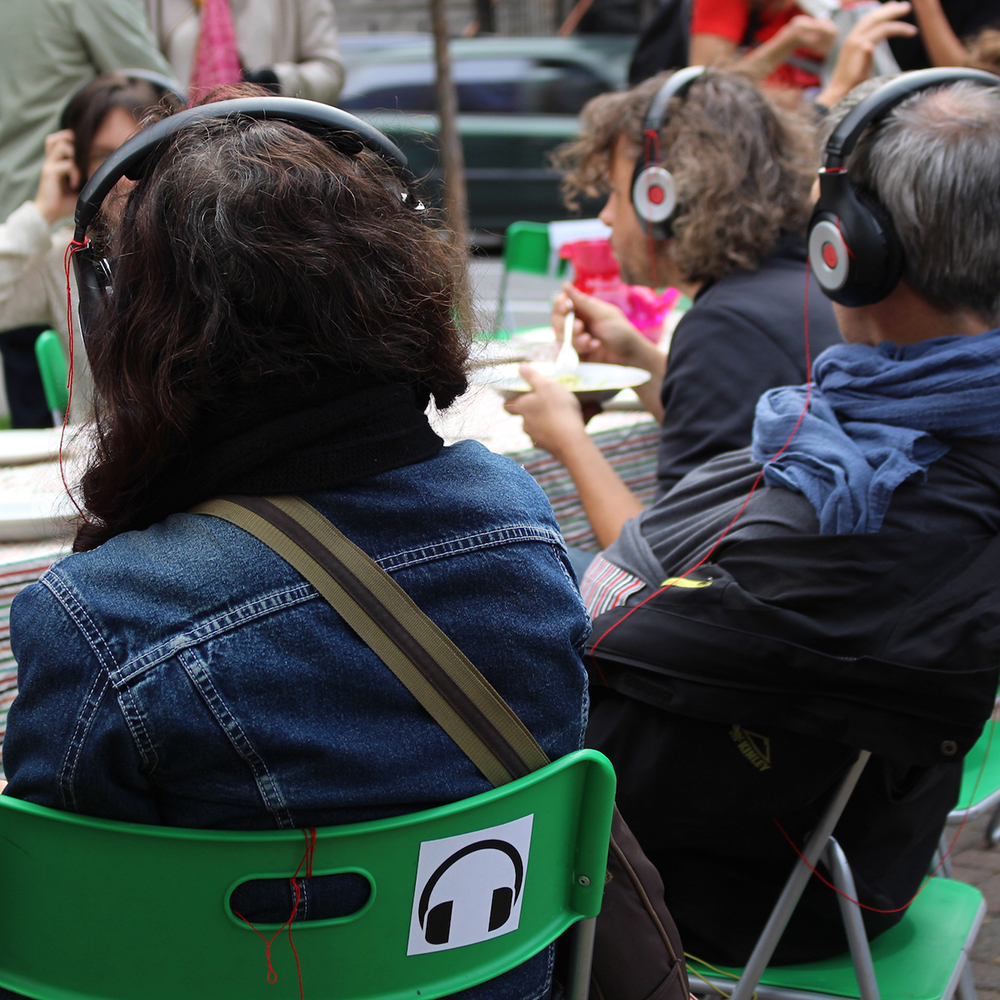Stay-at-Home Activities | FROM OUR FILES
Many of us find ourselves at home unexpectedly at this time. Others are moving carefully between their homes and workplaces through newly constrained channels of transportation. Some have the luxury of isolating themselves while others must return over and over to sites of exposure. Some are already accustomed to being at home but are now faced with exacerbated precarity. And others find themselves not at home at all, but without the freedom to go there: those in prison, in detention, in shelters, in transit.
Is it currently possible to consider any environment something other than an intimate ecology? Under normal conditions a home qualifies as an intimate space, and particularly in quarantine we are experiencing our lives crowded into close proximity: work and leisure and illness unfold in the very same rooms. Our neighbourhoods are another recognizably intimate ecology, and what better reminder of just how closely we live together than the disorienting imposition of 6ft between us? Recent studies suggest that even in our spontaneous exchanges in public space “we translate our social networks into microbial ones, transferring benign or beneficial microbes to our neighbors, and acquiring theirs in return”(1). But now it is clear too that all of our collective actions have personal impacts: choices to distance or gather, to pause rent or demand it, to go outside or stay in, will have rippling effects on the lives of others. And the massive closures unfolding across the globe (closing a door, closing a border, closing a business), though they isolate us, also testify to our interdependence. Our online networks are another kind of ecology. Calling the internet an ecology is more than just a useful metaphor, since data, devices, storage spaces, and wireless services are all material things with real ecological impacts. Over a handful of months, or weeks in some places, a rushed and haphazard shift towards virtual life is making the density of online ecologies apparent.
As we watch a virus circling the globe, we know that the conditions and actions of each place will reverberate back and forth. While, to varying degrees, much of the world is in isolation, the intimacy of our ecological conditions becomes clear. Here, we want to take you through some works from our archives which have explored various kinds of intimate ecologies, and through these works to prompt reflection and conversation.
(1) Ed Yong, "How Your Social Life Changes Your Microbiome," The Atlantic, Accessed April 7, 2020.



